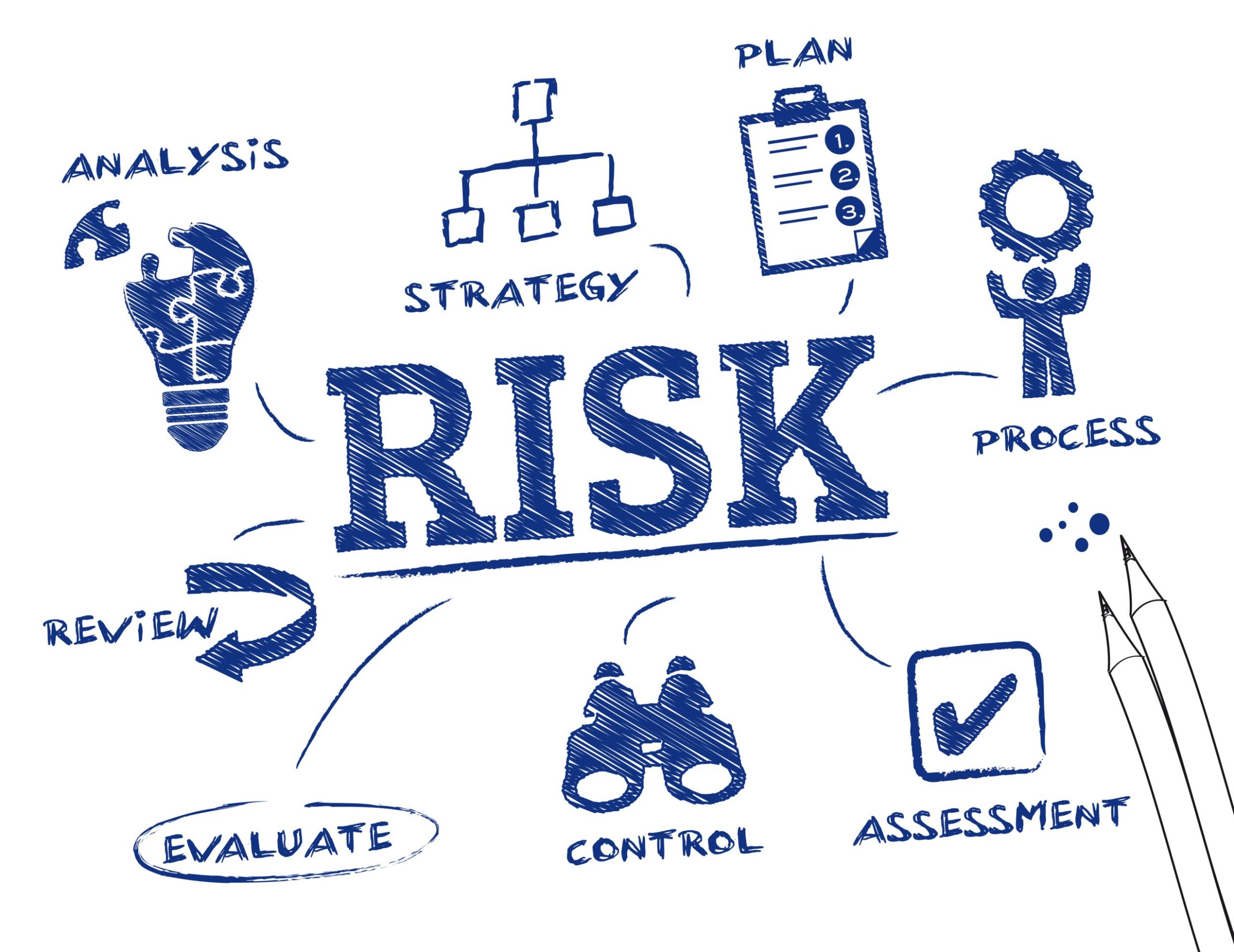Scenario vs. Asset-Based Risk Assessments: Understanding the Key Differences
Risk assessment is a crucial process for organisations to identify, analyse, and mitigate potential threats. Two common approaches to risk assessment are scenario-based and asset-based methods. Each has its strengths and is suited to different contexts.
Scenario-Based Risk Assessment
Scenario-based risk assessment focuses on identifying potential events or situations that could negatively impact an organisation. It is the one I would recommend for those organisations just starting out looking at the risks faced by their organisation as it is sometimes easier to understand and envisage. This method involves:

- Brainstorming possible risk scenarios
- Analysing the likelihood and potential impact of each scenario
- Developing strategies to prevent or mitigate these scenarios
Pros:
- Encourages creative thinking about potential risks
- Helps identify complex, interconnected risks
- Useful for strategic planning and decision-making
- Sometimes easier to envisage events which create a risk
Cons:
- May overlook risks not considered in the scenarios
- Can be time-consuming to develop comprehensive scenarios
- May be subjective, based on the team’s experience and biases
Asset-Based Risk Assessment
Asset-based risk assessment starts by identifying and cataloging an organisation’s valuable assets, then assessing the risks associated with each. This approach involves:
- Creating an inventory of assets (physical, digital, human, etc.)
- Identifying vulnerabilities and threats to each asset
- Assessing the potential impact of a compromise to each asset
- Developing protection strategies for high-value assets
Pros:
- Provides a structured, systematic approach
- Ensures all important assets are considered
- Helps prioritise protection efforts based on asset value
Cons:
- May miss risks that don’t directly tie to specific assets
- Can be resource-intensive and time consuming for organisations with many assets
- May not capture complex, interconnected risks as effectively
Choosing the Right Approach
The choice between scenario-based and asset-based risk assessments depends on various factors:
- Organisational goals: Scenario-based is often better for strategic planning, while asset-based is suited for operational security.
- Available resources: Asset-based can be more resource-intensive but may be more thorough.
- Industry context: Some industries may benefit more from one approach over the other.
- Regulatory requirements: Certain regulations may favor one method.
- Experience of the risk assessment team: Scenario can be more easily understood by those inexperienced with evaluating risk.
In practice, many organisations use a hybrid approach, combining elements of both methods to create a comprehensive risk assessment strategy.
Conclusion
Both scenario-based and asset-based risk assessments have their place in an organisation’s risk management toolkit. Understanding the strengths and limitations of each approach allows organisations to choose the most appropriate method for their specific needs and context.
If you need help completing a risk assessment for your organisation, contact us and one of our experts will be able to help.
